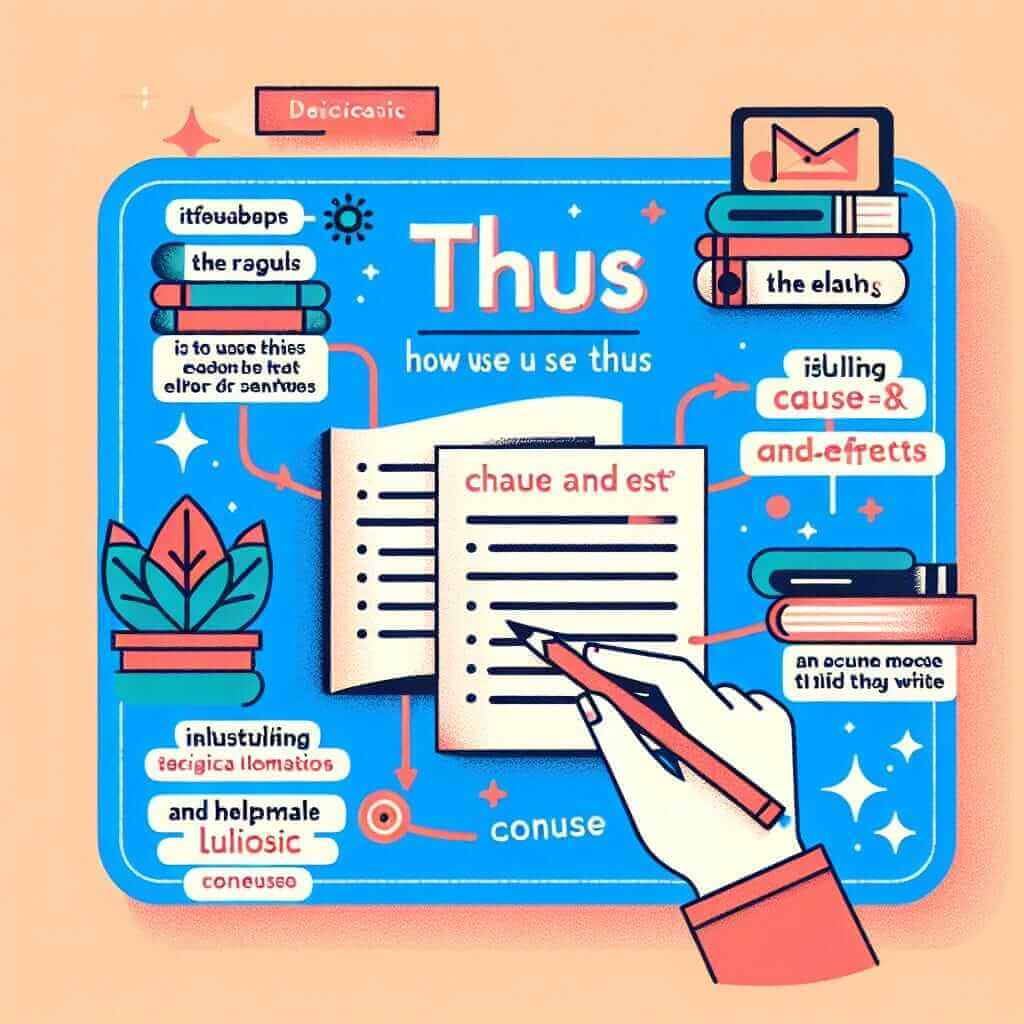While “lest” might seem like a relic from a bygone era, this formal conjunction can add a touch of sophistication and precision to your IELTS writing and speaking, especially when you aim to express a precaution taken to avoid a negative outcome. Understanding its nuances is key to achieving a higher band score.
Here are a few examples of how “lest” functions within different IELTS sections:
Writing Task 2:
- “…governments should invest in renewable energy sources, lest we face irreversible climate change.” (Here, “lest” connects the need for renewable energy with the consequence of inaction.)
Speaking Part 3:
- “Many young people are leaving rural areas for the cities, lest they be left behind in the global economy.” (This shows a nuanced understanding of cause and effect.)
Listening Section:
- You might hear “lest” in a lecture or conversation, e.g., “The professor emphasized the importance of thorough research, lest students misinterpret the data.”
Let’s delve into the intricacies of using “lest” effectively in your IELTS exam.
Understanding “Lest”
“Lest” signifies “for fear that” or “to prevent the risk of.” It introduces a clause expressing something undesirable that the action in the main clause is intended to prevent. While it’s less common in everyday speech, “lest” is frequently used in formal writing and academic contexts, making it highly relevant to the IELTS exam.
Structure and Grammar
The typical structure when using “lest” is:
Main Clause + lest + Subordinate Clause (using the subjunctive mood)
Important Notes:
- Subjunctive Mood: Traditionally, the verb in the clause following “lest” is in the subjunctive mood. In modern English, the subjunctive is often simplified. Look at these examples:
- Formal: He studied diligently lest he fail the exam.
- Modern: He studied diligently lest he should fail the exam.
- Most Modern: He studied diligently lest he failed the exam.
- Negative Verb After “Lest”: Avoid using “not” in the clause following “lest” as it creates a double negative.
Examples:
- The hikers packed extra water lest they run out in the desert.
- She spoke softly lest she wake the sleeping baby.
- The museum increased security lest valuable artifacts be stolen.
< Lest Example>
Lest Example>
Using “Lest” for a Higher Band Score
Strategically using “lest” can demonstrate a wider vocabulary range and an understanding of complex grammatical structures, both of which contribute to a higher band score in IELTS.
Here’s how you can effectively incorporate “lest” into different sections:
Writing Task 2:
- Expressing Consequences: “Governments must address income inequality lest social unrest escalate.”
- Suggesting Solutions: “International cooperation is vital lest global challenges overwhelm individual nations.”
Speaking Part 3:
- Cause and Effect: “Some people resist technological advancements, lest they lose their jobs to automation.”
- Hypothetical Situations: “If I were to travel the world, I would learn the local customs lest I offend anyone unintentionally.”
LSI Keywords and Common Queries
Here are some terms related to “lest” and frequent questions students have:
- LSI Keywords: in case, for fear that, in order to avoid, to prevent
- Common Queries:
- Is “lest” formal or informal?
- How do I use “lest” in a sentence?
- What is the subjunctive mood and how does it work with “lest”?
Avoiding Common Mistakes
- Double Negative: Incorrect: She saved her money diligently lest she didn’t have enough. Correct: She saved her money diligently lest she have enough.
- Incorrect Tense: The tense in both clauses should be consistent and logical within the context of your sentence.
Conclusion
While “lest” might not be an everyday word, mastering its use can add sophistication to your IELTS writing and speaking. Remember to use it sparingly, but strategically, to demonstrate your command of advanced grammar and vocabulary. For further practice with conjunctions, you can explore resources on conjunctions and connectors or look into advanced grammar structures for IELTS.


